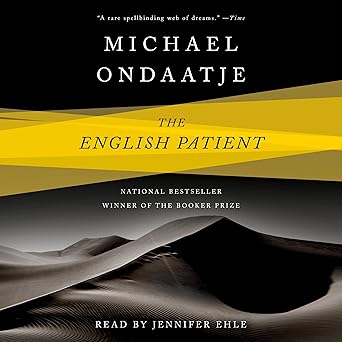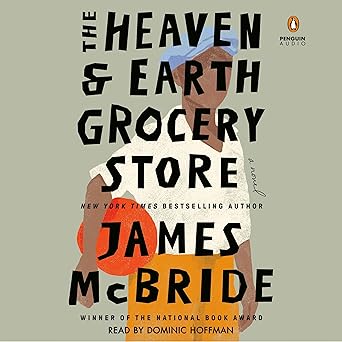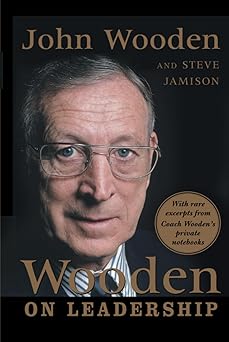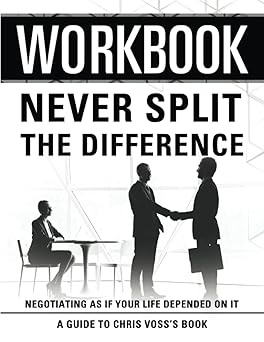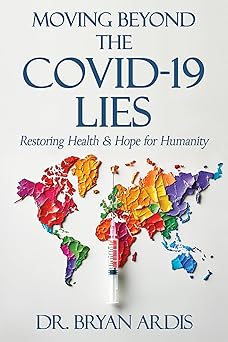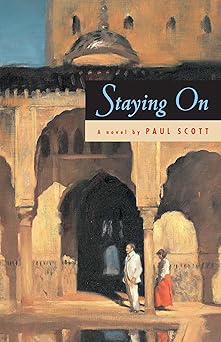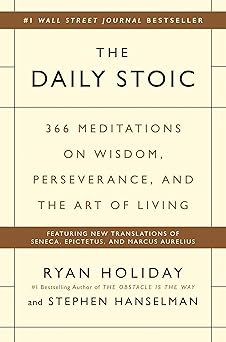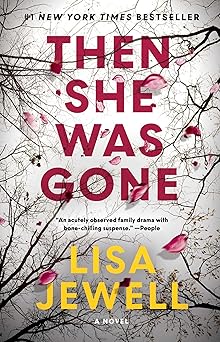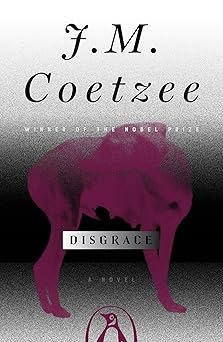
It’s a story about a man named David, who finds himself at a really low point in his life. He's in his fifties, and things haven’t been kind to him. He's gone through a divorce, and he’s feeling lost and wanting more out of life, but not quite knowing how to find it. He makes a mistake—he has an affair with a student. This leads to a lot of trouble for him. He loses his job, his friends turn away, and his ex-wife isn’t happy with him at all. It’s a really painful time for him, and it's easy to feel sorry for him because everyone seems to be pushing him away. I remember once, a friend of mine went through a similar situation – feeling completely isolated and unsure of where to turn. It's a stark reminder that we all make mistakes and that facing the consequences can be incredibly difficult. It made me think about how easy it is to judge someone without really understanding what they're going through. David, feeling lost and alone, goes to live with his daughter, Lucy, on her small farm. He hopes to find some comfort and a connection with her, the only real family he has left. He wants to understand what he’s done wrong and to find a sense of purpose again.
The story takes a turn when something terrible happens on Lucy's farm. It's a violent event that shakes them both to their core. This awful thing forces David and Lucy to really look at their relationship with each other. They have a difficult past, and they haven't always been close. This event also makes them face hard truths about the country they live in, South Africa. The country has changed a lot, and there are still problems with race and fairness. David and Lucy have to deal with these problems in a way they never expected. It's not easy, and it brings up a lot of uncomfortable feelings. The farm itself becomes a symbol of their complicated relationship – a place of potential healing, but also a place where old wounds can be easily reopened. Seeing how they navigate this aftermath, how they try to understand each other and the world around them, is the heart of the story. It’s a journey of trying to find hope and meaning in the face of despair, and it’s a really powerful thing to witness. I think many of us can relate to that feeling of wanting to repair a strained relationship, especially when it involves family. It’s often the hardest thing to do, but it’s also the most rewarding.
The story isn't a simple tale of good versus bad. It’s a complex look at a man’s mistakes and the impact they have on everyone around him. It also explores the lingering effects of the country’s history and the challenges of building a truly fair and equal society. David isn’t a perfect hero; he’s flawed and makes poor choices. Lucy isn't without her own struggles and defenses. Their relationship is messy and complicated, just like real families. The event that occurs is shocking and deeply disturbing, and it forces them to confront their own biases and assumptions. Ultimately, it’s a story about trying to find grace – both for oneself and for others – in a world that can often feel harsh and unforgiving. It made me reflect on the importance of empathy and understanding, especially when dealing with people who have made mistakes. Sometimes, the greatest act of courage is to simply offer a chance for redemption.
It’s a story that stays with you long after you finish reading. It’s about a man who has reached a place in his life where things have fallen apart. He's lost his marriage, feels disconnected from his purpose, and makes a terrible choice that brings even more trouble into his world. It’s easy to feel a sadness for him, a sense of “what now?” because he's facing the consequences of his actions, feeling isolated and rejected. I’m reminded of my own mother, years ago, when she was going through a difficult time. She felt utterly alone, carrying a burden that seemed too heavy to bear. It’s a powerful feeling, that sense of being completely adrift, with no safe harbor in sight. What struck me most was how easy it is to judge someone when you’re only seeing a snapshot of their life, when you don’t know the full story behind their actions. This story doesn’t shy away from the messiness of human error, it lays it bare for us to witness. It’s a stark reminder that everyone stumbles, and facing the fallout from those missteps can be incredibly painful. The way he finds himself seeking refuge with his daughter, Lucy, on her farm, speaks volumes about his desire for connection and a chance at some kind of healing, even if he doesn't yet know how to achieve it. It’s a vulnerable position to be in, relying on someone who might be hesitant to offer forgiveness.
The events that unfold on Lucy's farm create a ripple effect, forcing them both to confront not just their personal struggles, but also the larger issues surrounding them. It’s a brutal and unexpected turning point that exposes the cracks in their relationship and the underlying tensions within their country. It highlights how the past continues to shape the present, and how deeply ingrained prejudices and inequalities can be. The farm itself becomes a character in its own right, a symbol of both hope and hardship. It's a place where they can find solace and connection, but also a place where old wounds are easily triggered. Watching them try to understand each other, to navigate this new reality, is truly the heart of the story. It’s a testament to the enduring power of family, even when relationships are strained and complicated. I believe many can connect with the desire to mend a broken bond, particularly when it involves those closest to us. It’s often a difficult path, but the possibility of reconciliation can be profoundly rewarding.
The narrative doesn’t paint a simple picture of right and wrong; it's a nuanced exploration of human flaws and their repercussions. It delves into the long shadow of the country’s history and the ongoing struggle to create a truly just society. He's not presented as a flawless individual; he’s someone who makes mistakes and carries the weight of those choices. Likewise, Lucy has her own battles and defenses. Their relationship is undeniably complicated, much like real-life families often are. The sudden and shocking event that occurs serves as a catalyst, forcing them to examine their own assumptions and biases. Ultimately, it’s a story about extending grace—to yourself and to others—in a world that frequently feels unforgiving and harsh. It made me consider the importance of empathy and understanding when dealing with people who have made errors, because sometimes, the bravest thing we can do is offer a second chance.
Rating: 5.0 / 5.0
It’s a story about a man who's having a hard time, and it’s easy to feel compassion for him because he’s lost so much. He's made some big mistakes that have hurt him and the people around him, and it's tough to watch someone face those consequences. The story isn’t about simple good versus bad; it shows us a man who isn't perfect, making choices that have a ripple effect on his family and community. Seeing him try to reconnect with his daughter and find a new sense of purpose is really moving, and it’s a reminder that everyone deserves a chance to heal and learn from their errors. It's a story that asks us to be understanding and look beyond the surface, because everyone carries their own struggles. It left me feeling thoughtful about how we treat each other and the importance of offering grace and second chances. It’s a gentle story that stays with you, prompting you to think about your own life and the people you care about.
